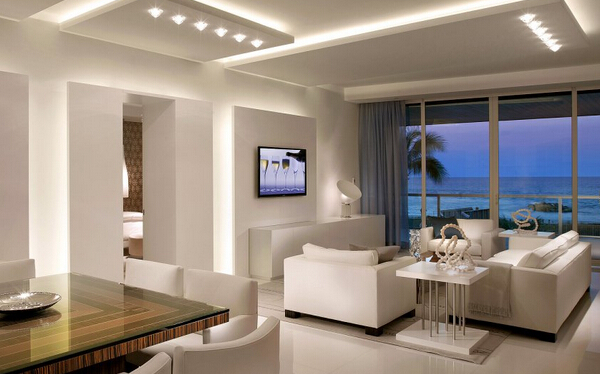TLCI-2012: A New Color Quality Metric For Television Lighting
Historically, to distinguish the color quality of a light source, consumers and manufacturers utilize the Color Rendering Index (CRI) measurement which compares the light source spectral output to an ideal reference source. Traditionally the higher the CRI of the light source, the more natural and authentic objects appear under its illumination, but this has been found to not be true for objects being captured through commercial video cameras. The human eye naturally will adjust colors to look correct, while commercial video cameras are designed to replicate whatever images they are capturing, therefore the response curves differ between cameras and the human eye. A commercial camera capturing an object being illuminated by a higher CRI source may produce images that look unnatural and require post production, which can be very costly for television studios.
The EBU (European Broadcasting Union) has developed a new model called TLCI-2012 (Television Lighting Consistency Index), a color rendering model for commercial camera applications. Similar to CRI, the only requirement for TLCI is the spectral power distribution of the illuminate source, which when inputted into the TLCI software will compare the spectra to an ideal reference source (adjusted to compensate for use in television production) and produce a rating from 0-100. A measurement of 100 means the source has the ideal color rendering for commercial video cameras, however a score higher than 85 is acceptable for capturing true, natural images. Additional information on TLCI-2012 can be found on the EBU homepage.
Bridgelux is proud to say our new Décor Series™ Entertainment color point produces a CRI of 97 and a TLCI of 97, and is opportune for television and studio lighting. Below is an caption of Décor Series Entertainment (5600K, 97CRI) TLCI calculation:

Please contact your Bridgelux sales representative for further details on the Décor Series Entertainment products.


